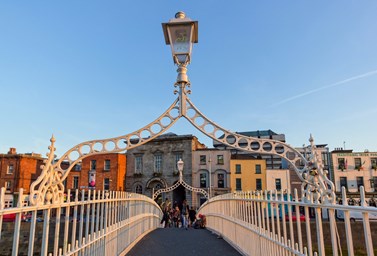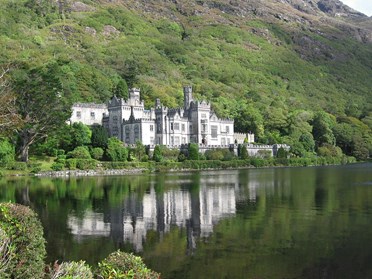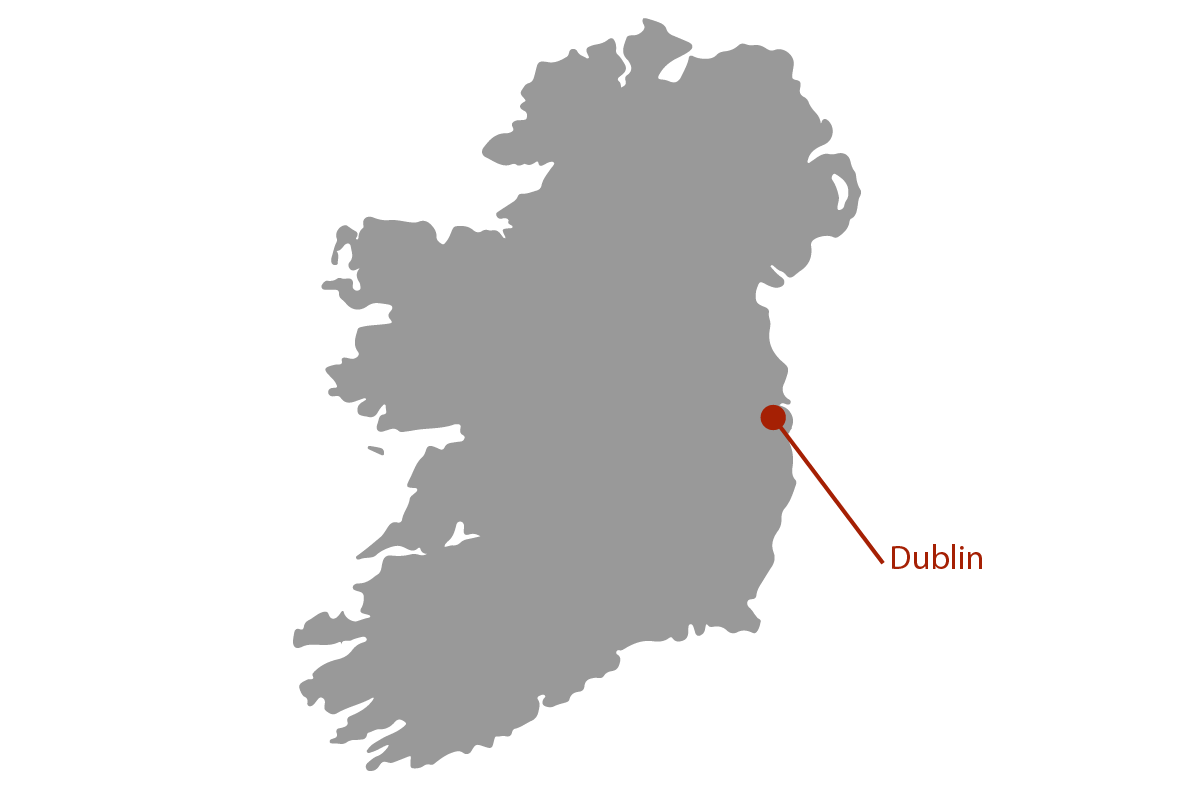Every year millions of visitors come to the shores of this beautiful island and in 2011 it was even voted as the favorite holiday destination and the friendliest country in the world. While it will probably rain during your stay, that does nothing to detract from the beauty of the country, the amazing variety of historical sites to visit, the overall friendliness of the people or the wonderful taste of Guinness. Make sure to bring a rain jacket, get your travel insurance for Ireland sorted out, and head to the emerald isle!
Highlights of Ireland:
|
Dublin:
Dublin is the capital and an amazingly beautiful city. Awarded the UNESCO City of Literature title in 2010, there is a lot of culture to be discovered here.
James Joyce's book Ulysses follows a man on a walk through the streets of Dublin, and now you get to set forth and discover it for yourself.
Definitely worth seeing are:
|
 |
- Dublin Castle, the former seat of the British ruler in Ireland,
- Trinity College, one of the most prestigious learning institutes in the UK where you can have a look at the Book of Kells, a manuscript dating back to 800 AD,
- The infamous Kilmainham Gaol, the prison and execution site of the rebels of 1916.
- St James's Gate Brewery, which was founded in 1759 and produces the world famous Guinness.
- The pubs and nightlife - Temple Bar with its quaint cobbled streets is a good place to start.
- The gothic castle of Charleville, which is near Tullamore and is said to be haunted,
- For American visitors, Moneygail is said to be the ancestral home of current President, Barak Obama.
Make sure you have appropriate Ireland travel insurance before going anywhere!
Cork:
Cork is Dublin's second biggest city and here you will find the Cathedral of St Mary and St Anne, which were built during the population explosion of the 1800s. The best views of the city of Cork are had from Elizabeth Fort, which is a bit of a walk up a hill but well worth it for the vista it presents.
Cork is also home to one of the largest Jazz Festivals in Europe, which happens in the last week of October, as well as Film Festival at the beginning of November. For a good selection of Irish made crafts, head to the Elizabeth Fort Market, which happens every Sunday.
Skellig Michael:
Cork county is also the access point to a UNESCO World Heritage Site that has only recently started opening its doors to visitors: Skellig Michael. A well preserved monastery dating back to the 6th century perched on the side of an island, 12km off the coast.
|
Galway:
Galway is the most popular tourism destination in West Ireland and also acts as a gateway to many scenic areas in Ireland.
The city dates back to the 15th century and was initially run by the heads of the 14 biggest merchant families, which is why it is known as the City of Tribes.
There is a fantastic nightlife scene and a general buzz around Galway, and the Galways Arts Festival usually happens in July and is a big cultural event in Ireland and well worth going to.
|
 |
The single best way of exploring Ireland is by car. The distances in the country are not vast, and being in your own vehicle allows you to see many smaller towns and places that you would otherwise just pass by. Check that you have appropriate travel insurance for Ireland before starting your trip.
For more information on Ireland, visit the Ireland Tourism Website.
 †
†





